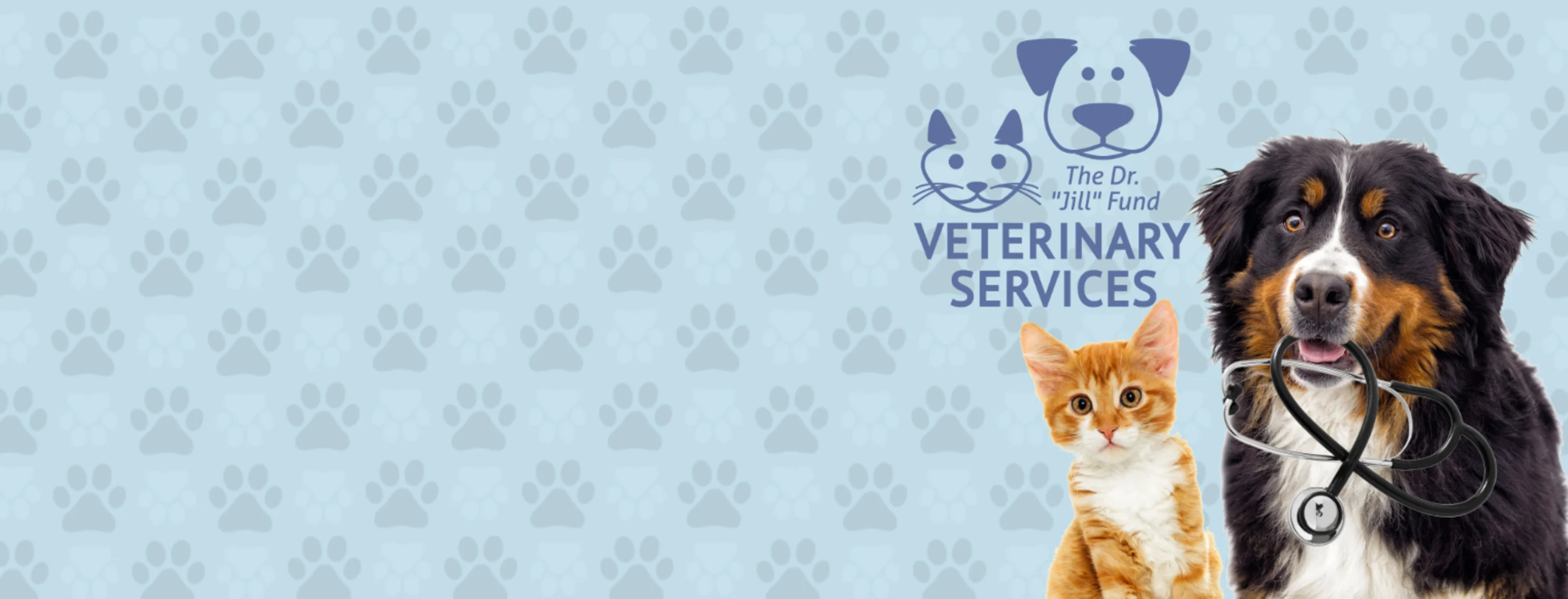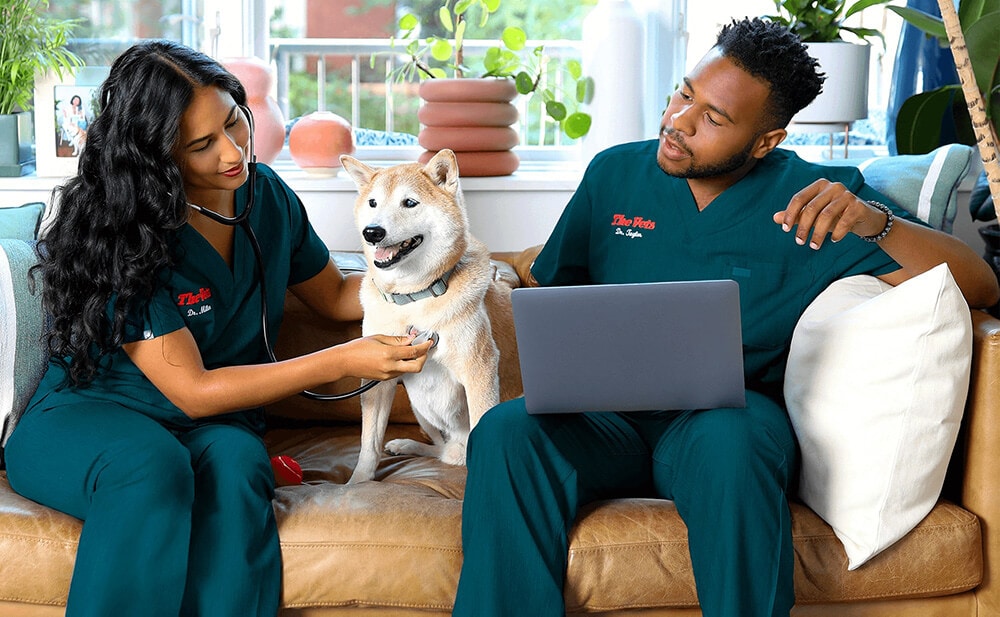Understanding the Science and Success Rate of tplo surgery for dogs
Everything About Veterinarian Surgical Treatment: Comprehending the Importance of Expert Treatment for Your Pets
Vet surgery is a critical component of animal medical care. It encompasses different treatments, from regular optional surgical treatments to immediate treatments. Understanding the details of these surgeries can assist pet proprietors make notified choices. The prep work, execution, and recuperation stages are crucial for ensuring the well-being of animals. With appropriate knowledge, owners can navigate the intricacies of veterinary care. What variables should be considered prior to a pet dog goes through surgical procedure?
Sorts Of Veterinarian Surgeries
When an animal calls for surgical intervention, recognizing the different kinds of veterinarian surgical procedures can aid pet dog owners make notified choices. Vet surgeries can be extensively classified into three primary kinds: elective, immediate, and emergency situation surgical procedures. Elective surgical procedures, such as spaying or neutering, are intended procedures that are not right away serious. Immediate surgical procedures, like those for international body elimination, have to be done quickly however are not lethal in the minute. Emergency situation surgical treatments, such as those attending to severe trauma or interior bleeding, are important and need prompt attention.Additionally, surgical procedures can differ in intricacy, varying from minimally invasive laparoscopic procedures to extra extensive open surgical procedures. Each sort of surgical procedure carries its own risks and recuperation processes. Comprehending these categories enables pet dog owners to take part in purposeful conversations with vets, leading to better results for their cherished animals.
Getting ready for Your Animal's Surgery
Preparing for a pet dog's surgical procedure includes a complete list to assure all basics are covered. Reliable communication with the veterinarian is vital for comprehending the procedure and any kind of needed pre-operative steps - animal emergency care bellingham. In addition, having clear post-operative care directions will aid proprietors provide the finest assistance for their recouping animals
Pre-Surgery Checklist Basics
Ensuring a smooth surgical experience for an animal requires mindful preparation and focus to detail. A pre-surgery checklist is necessary for pet dog proprietors to follow. Confirming the scheduled surgery date and time is essential. Proprietors need to also confirm that their pet dog has fasted according to the vet's directions, normally for 8-12 hours prior to surgical treatment. Gathering needed medical documents, including vaccination history, is crucial for the veterinarian's review. It is additionally a good idea to prepare a comfy space in your home for the family pet's recuperation after surgery. Proprietors need to have a plan for transportation to and from the veterinary clinic, making certain that the pet is safe and secure and comfortable throughout the trip. Complying with these actions can significantly boost the medical experience.
Interacting With Your Veterinarian

Effective interaction with the veterinarian is necessary for a successful surgical experience for animals. Proprietors ought to be prepared to review their animal's case history, consisting of any type of pre-existing conditions, medicines, and allergic reactions. This info aids the vet evaluate risks and tailor the surgical plan appropriately. Additionally, animal proprietors ought to ask questions pertaining to the treatment, anesthetic, and expected results to guarantee they fully recognize the process. Making clear any type of doubts can reduce anxiousness for both the pet dog and the owner. It is likewise crucial to interact any behavioral modifications or concerns observed in the family pet leading up to the surgery. Eventually, clear dialogue fosters trust and partnership, ensuring that family pets obtain the very best possible care throughout their medical trip.
Post-Operative Treatment Instructions
After reviewing the operation with the vet, animal proprietors should focus on post-operative treatment instructions to assist in a smooth recuperation for their pet dogs. These directions commonly include keeping track of the surgical website for indicators of infection, such as redness or discharge. Animals may need to be kept one's cool and confined to avoid too much movement that could disrupt healing. Pain administration is essential, so proprietors ought to adhere to the vet's support on carrying out medicines. Furthermore, nutritional constraints may be recommended to avoid intestinal trouble. Normal follow-up visits are essential to guarantee appropriate healing and deal with any kind of worries. By sticking to these post-operative care instructions, pet proprietors can significantly add to their pet's recuperation and total well-being.
The Surgery Explained
The medical procedure for family pets encompasses crucial steps that assure their safety and security and healing. Pre-surgery prep work are important for lessening risks, while post-operative treatment standards play an important function in promoting recovery. Recognizing these parts assists animal proprietors browse the surgical experience extra properly.
Pre-Surgery Preparations
Prior to a pet goes through surgical treatment, a number of crucial preparations should occur to assure a secure and successful procedure. Initially, a complete vet assessment is important to examine the pet's total wellness and determine any type of possible risks. This may include blood tests, imaging, or various other diagnostics. The veterinarian will certainly likewise review anesthesia options customized to the family pet's specific needs. Furthermore, pet dog owners are typically instructed to withhold food and water for a defined time prior to surgery to lessen the threat of complications throughout anesthesia. It is essential for proprietors to give a full clinical background, including any type of medications or allergies, ensuring the medical group has all necessary information. Correct interaction and adherence to pre-surgery standards can significantly enhance the outcome of the procedure.
Post-Operative Treatment Standards
Appropriate post-operative treatment is crucial for ensuring a pet dog's recuperation following surgery. After the treatment, family pets ought to be monitored closely for any indicators of problems, such as excessive blood loss, swelling, or uncommon behavior. It is essential to follow the veterinarian's guidelines concerning medicines, including discomfort reducers and anti-biotics. Pet dogs must be kept in a silent, comfy environment to minimize tension and advertise recovery. Restricting task is important; short, leashed walks may be needed, however leaping or running ought to be stayed clear of. Regular follow-up consultations must be scheduled to analyze the recovery procedure. Additionally, the medical website must be maintained clean and completely dry, with any type of signs of infection reported to a veterinarian without delay. Abiding by these guidelines boosts recovery outcomes.
Anesthetic and Pain Administration
Effective anesthesia and discomfort management are crucial components of vet surgical treatment, guaranteeing that pets remain comfy and safe throughout the treatment. Vets analyze each pet's private demands, taking into consideration factors such as age, weight, health and wellness condition, and the sort of surgical procedure being performed.Anesthesia methods generally consist of a mix of pre-anesthetic medicines, induction agents, and inhalant anesthetics, allowing for specific control over the pet's degree of consciousness. Surveillance throughout surgical treatment is critical; veterinarians constantly observe important indicators to deal with read this article any possible issues promptly.Pain administration methods might entail opioids, non-steroidal anti-inflammatory drugs (NSAIDs), and regional anesthetics, customized to the animal's specific scenario. This diverse method helps lessen pain and advertises a smoother surgical experience. By prioritizing effective anesthesia and pain management, veterinary professionals boost the total welfare of family pets undergoing surgeries, guaranteeing they obtain the highest criterion of treatment.
Post-Operative Treatment and Healing
Following surgery, the focus moves to post-operative treatment and healing, which is essential for making sure a pet's secure return to typical activities. Throughout this period, family pets call for a quiet, comfy atmosphere to aid recovery. Proprietors should carefully monitor their pet dogs for any kind of indicators of discomfort or uncommon behavior.Veterinary standards usually consist of details directions associated with medication management, injury care, and dietary modifications. It is essential to comply with these referrals to minimize complications and advertise recovery. Family pets might require to be restricted from energetic tasks, such as running or jumping, during their healing period (tplo surgery).Regular follow-up appointments with the vet enable surveillance of the pet dog's development and timely changes to the care plan. Offering emotional support and companionship can likewise improve an animal's recovery experience, helping to minimize stress and anxiety and anxiety. On the whole, diligent post-operative treatment plays a substantial function in achieving an effective recovery
Identifying Problems After Surgical Treatment
Just how can family pet owners determine issues after surgical treatment? Understanding of details indications is essential for ensuring the health of pet dogs throughout recuperation. Typical indicators include excessive swelling, inflammation, or discharge at the surgical website, which may symbolize infection. Additionally, persistent pain, indicated by yawping or hesitation to move, need to motivate instant focus. Changes in cravings or water consumption can likewise indicate problems; a decline in these actions might indicate discomfort or distress.Moreover, animal proprietors should monitor their pet dogs navigate here for any kind of uncommon habits, such as lethargy or trouble breathing, as these can be signs of significant concerns. Vomiting or looseness of the bowels adhering to surgical treatment might need immediate veterinary analysis. Identifying these complications early can greatly influence a family pet's recovery procedure, emphasizing the significance of watchfulness and timely interaction with a vet for any type of concerning signs and symptoms.
The Duty of Vet Experts in Surgical Treatment
Vet specialists play an important duty in making certain the security and success of procedures for animals, particularly complying with surgical procedure when keeping an eye on and treatment are extremely important. These professionals include veterinarians, veterinary service technicians, and support team, all of whom contribute specialized abilities to the surgical process.Before surgical treatment, vets perform extensive evaluations to examine the family pet's health and wellness, ensuring that any kind of underlying conditions are managed. Throughout the procedure, the medical team offers anesthesia, maintains sterile environments, and monitors crucial indications, all important for reducing risks.Post-operative care is equally substantial; veterinary specialists observe for issues, take care of pain, and overview owners on recuperation techniques. Their knowledge allows them to identify very early indicators of distress or infection, ensuring prompt intervention. Inevitably, the collective efforts of veterinary specialists in surgical care foster a risk-free atmosphere, advertising the well-being of pet dogs throughout the surgical trip.

Frequently Asked Inquiries
Exactly how Do I Pick the Right Veterinary Cosmetic Surgeon for My Pet?
Picking the ideal vet cosmetic surgeon includes researching certifications, reviewing evaluations, and evaluating the center's atmosphere. It is important to reflect on the surgeon's experience with certain treatments and their interaction style when deciding.
What Prevail Misconceptions About Veterinarian Surgeries?
Usual misunderstandings concerning vet surgeries consist read the article of ideas that they are constantly dangerous, unneeded, or for emergencies. Lots of pet owners ignore the advantages of precautionary treatments and the ability associated with vet surgical care.
Just How Much Will My Family pet's Surgical treatment Cost?
The cost of an animal's surgical treatment can differ significantly based upon factors such as the kind of procedure, the veterinarian's experience, and geographic area (tplo surgery for dogs). Typically, costs range from a few hundred to numerous thousand bucks

Can My Pet Dog Eat Prior To Surgical Treatment?
Before surgical procedure, it is typically recommended that pet dogs avoid from consuming for a details period. This fasting aids lower the risk of complications during anesthetic. Owners ought to consult their vet for precise guidelines tailored to their family pet's requirements.
Suppose My Animal Has Pre-Existing Health Issues?
When a family pet has pre-existing wellness problems, it's vital for the vet to assess these variables prior to surgical procedure. This analysis guarantees ideal precautions are taken, minimizing risks and optimizing the family pet's general safety and security throughout the treatment.